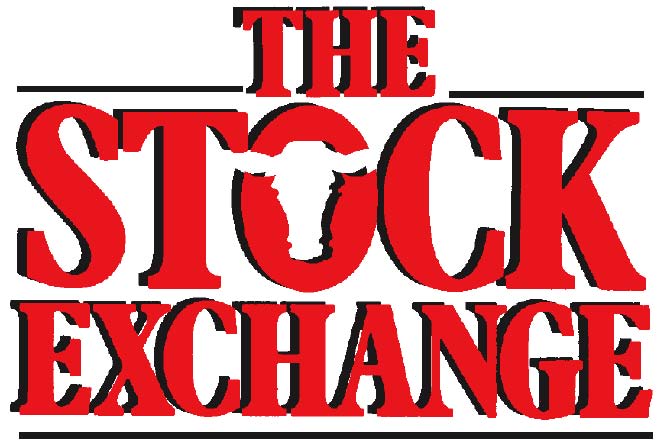Managing Cows through Dry Conditions
Karla H. Wilke, UNL Cow/Calf Systems and Stocker Management There are several options cattle producers may want to consider to conserve grass in dry areas of the state. Photo credit Troy Walz. Hot, dry conditions in early summer have taken a toll on grass growth in much of the Great Plains this year. There are several options cattle producers may want to consider to conserve grass in these dry areas. Every producer should…
